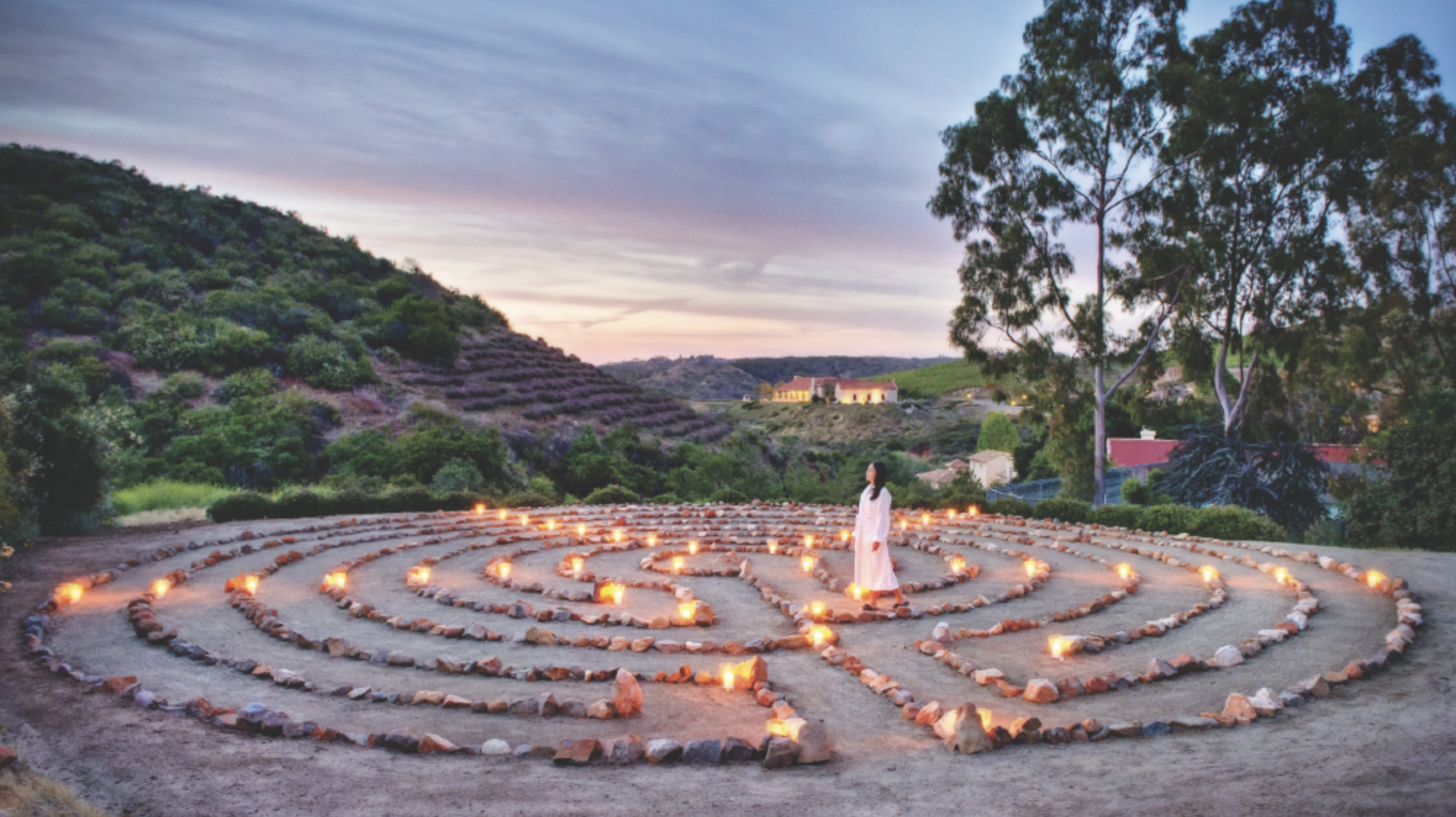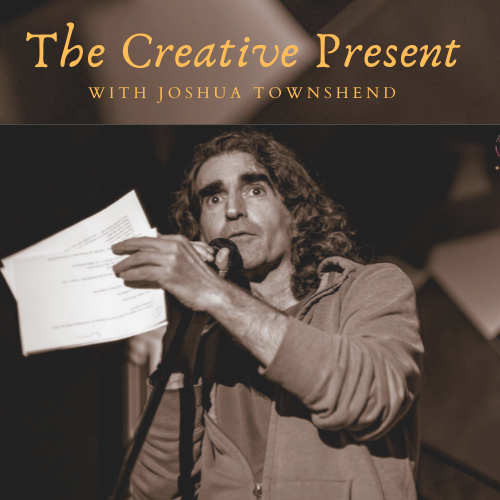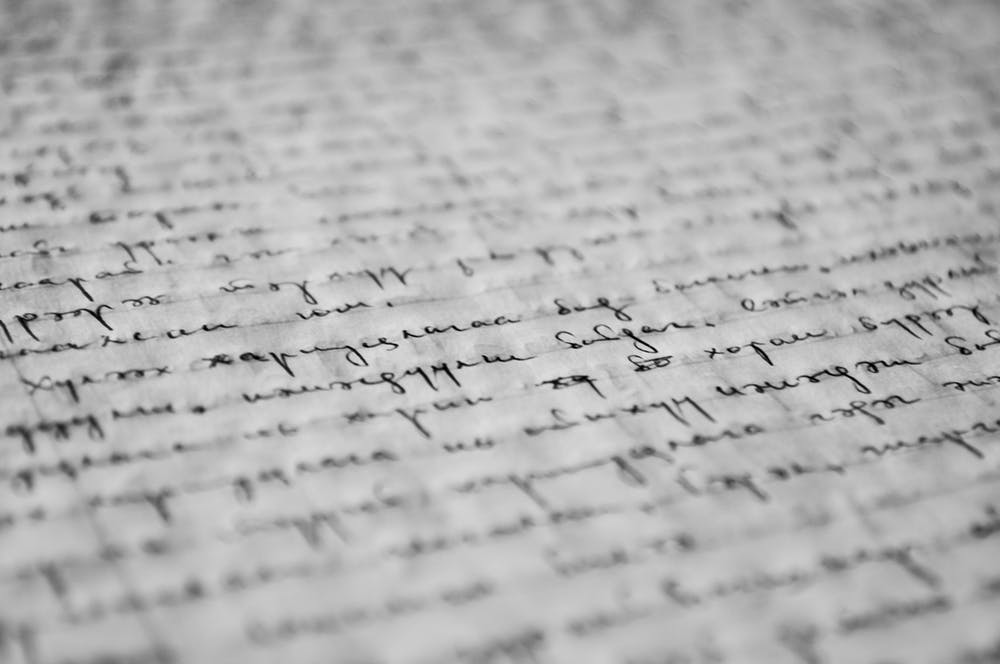I developed the Three Circles of Attention framework in my work with actors, writers, and other creatives. This framework is a tool for navigating the myriad possibilities in any given scene, allowing you to consciously choose where to focus your creative energy.
First Circle of Attention: The Internal World
** This is where everything begins—within the character. It includes their thoughts, feelings, memories, and sensory experiences. When a character is in this circle, they’re fully immersed in their own inner world. This is the space where introspection happens, past traumas resurface, and the quiet hope of a kiss lives. In film, this is the close-up shot, capturing the subtleties of emotion that flicker across a face or the way hands tremble slightly when nervous.
** As a writer or actor, when you focus on the first circle, you’re diving deep into the character’s psyche. You’re exploring what it’s like to live in their skin and experience the world through their unique lens. This is where a character’s most intimate and personal aspects come to life.
Second Circle of Attention: The Interpersonal Space
** This circle extends outward, encompassing the interactions between characters. Here, attention shifts to action and reaction, to the dance of communication. It’s about how one character’s words or actions impact another and how that impact circles back. In film, this is often represented by the two-shot, where the dynamic between characters is front and center.
** When you operate in the second circle, you’re crafting the push and pull of relationships. You’re exploring how characters influence each other, how they push each other’s buttons, or how they unexpectedly find common ground. This is the realm of dialogue, of meaningful glances, of the subtle shifts in power dynamics that define human interaction.
Third Circle of Attention: The External Environment
** The third circle expands even further, taking in the broader environment or setting where the scene occurs. This includes everything from the physical surroundings to the broader context of the narrative. In film, this is the master shot, capturing the full scope of the scene—the beach where the couple meets, the looming cityscape that frames a conversation, the endless desert that challenges a character’s endurance.
** Focusing on the third circle allows you to ground your scenes in a specific time and place, creating a sense of context that is vital for the audience’s understanding. It’s about recognizing how the environment impacts the characters and their interactions and how it can symbolize larger themes within your work.
The Dance Between Circles: Shifting Focus to Enhance the Scene
A powerful scene often involves a dynamic shift between these three circles of attention. As a creator, your ability to fluidly move between these levels of focus can elevate your work from ordinary to extraordinary. Let’s consider a scene in a café where two characters are having a difficult conversation.
- First Circle: The scene might begin with a close-up of one character’s hand nervously tapping on the table, reflecting their inner anxiety. The camera lingers on the hand, allowing the audience to feel the tension that the character is experiencing internally.
- Second Circle: The focus shifts to the dialogue between the two characters. The camera widens to a two-shot, capturing the exchange of words, the reactions, and the rising emotions. Here, the tension between the characters is palpable, as each word carries the weight of their relationship’s history.
- Third Circle: Finally, the camera pulls back to reveal the larger café setting—the other patrons who are oblivious to the drama unfolding at this one table, the city street visible through the window, bustling with life. This wider shot places the personal conflict within the context of the broader world, reminding the audience that this moment, while significant to the characters, is just one small part of a much larger tapestry.
You create a rich, layered scene with multiple realities by consciously shifting between these circles. The audience is not just watching a story unfold; they are experiencing the depth of the characters’ inner lives, the complexities of their relationships, and the context that surrounds them.






